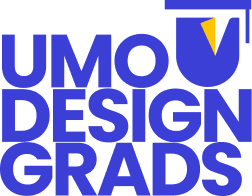
<UX Designer II, Honeywell />
Rituparna
Guha
18 Minute Ted-Like
All Things AI & UX
About The Speaker
I am Rituparna Guha, a seasoned experience designer with a passion for creating -user centric solutions .Currently, leading the design for Sustainability & Resiliency within the Smart Cities Suite at Honeywell, actively involved in shaping the future of urban living. Before joining Honeywell, I honed my design expertise at IBM iX Studio, Bengaluru, where I played a key role in crafting client deliverables using the renowned Enterprise Design Thinking Framework.
My efforts in understanding user needs and applying thoughtful design principles has made a significant impact on the success of various projects. During my academic journey, I pursued a Master’s of Design degree from the prestigious Indian Institute of Technology, Delhi. It was during this time that I collaborated with my friend to create Samarth, an assistive wheelchair designed for easy transfer. This ground-breaking innovation earned the coveted National Prize of the James Dyson Awards in 2018, showcasing our ability to blend creativity and functionality by design.
Earlier in my career, I have completed my undergraduate studies in Architecture and worked as an architect specializing in residential projects in Delhi also made valuable contributions to the landscape project of IIT Gandhinagar.
At the crossroads of enriching experiences with AI and Sustainability
Honeywell City Suite empowers the city with AI enabled city-scale digital platform. This platform brings together data from multiple city systems into a unified solution which helps manage a city’s needs- like safety, mobility solutions, utilities and services, citizen engagement and E-governance.



